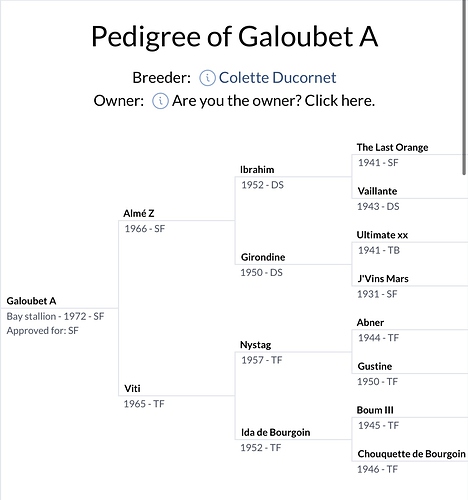Hi All,
I’ve posted here before about my (relatively) new horse, a 13 yr old OTTB turned eventer who I bought with the goal of the 1m (maybe 1.10) jumpers. He’s been a great horse for me–knows his job, not spooky, and just really funny to ride.
I’ve had him since the fall and we’ve spent most of our time in the indoor flatting OR outside on the trails at a walk, but now that the weather is (finally) getting nicer, I’ve been taking him outside more and working more “at speed.” And, well–he’s getting VERY up in the field and the canter is getting rushy. Not a bolt, but leaning heavily and it’s taking me some time to get him back.
I know 99% of answer is transitions (and lots of them), and stopping him (as much as possible) with my seat. This works inside, but when we have wide open spaces, he gets -very- excited. I don’t want to punish him for this exuberance. And I know that this is my fault, too; I’m regaining fitness, and I’m doing my best to avoid getting handsy–bridging my reins for a consistent contact, etc–but I’ve definitely made the mistake of getting the pulls. (And that doesn’t work. And he hates it, justifiably.).
Right now, I have him in a D-ring Nathe flexi Mullen mouth, and it’s perfect most of the time. Until suddenly it’s not and he pops behind the vertical and tries to take off. I’m not looking to solve a training (or really, riding) problem with gear, but I’m wondering if you had any recommendations for something just a smidge up that might give me an emergency break, if needed. I’ve tried a lozenge bit and French link, and the moving parts seemed to bother him (kept opening his mouth). He goes in a standard cavesson that’s been fitted by a bridle fitter.
FWIW, when he went cross country, he was in a running martingale, figure 8, and full cheek happy mouth lozenge–according to previous owner, he could get strong, but this set up typically worked. I have a running martingale, so could start there?
Also, what are your favorite exercises for dealing with an exuberant, powerful horse? He anticipates and gets excited–frankly, I think I’m boring him a bit right now, but I want to sort out the flat work (and my own stuff) before we start jumping.
TIA!!


 Part of what makes them delightfully challenging. Hence I understand exactly where you’re coming from. Hope those tips help!!
Part of what makes them delightfully challenging. Hence I understand exactly where you’re coming from. Hope those tips help!! ) when the vet asked him to do an abdominal lift, she recommended Xraying the back, and we found it. All in all, knowing this makes so much sense.
) when the vet asked him to do an abdominal lift, she recommended Xraying the back, and we found it. All in all, knowing this makes so much sense.